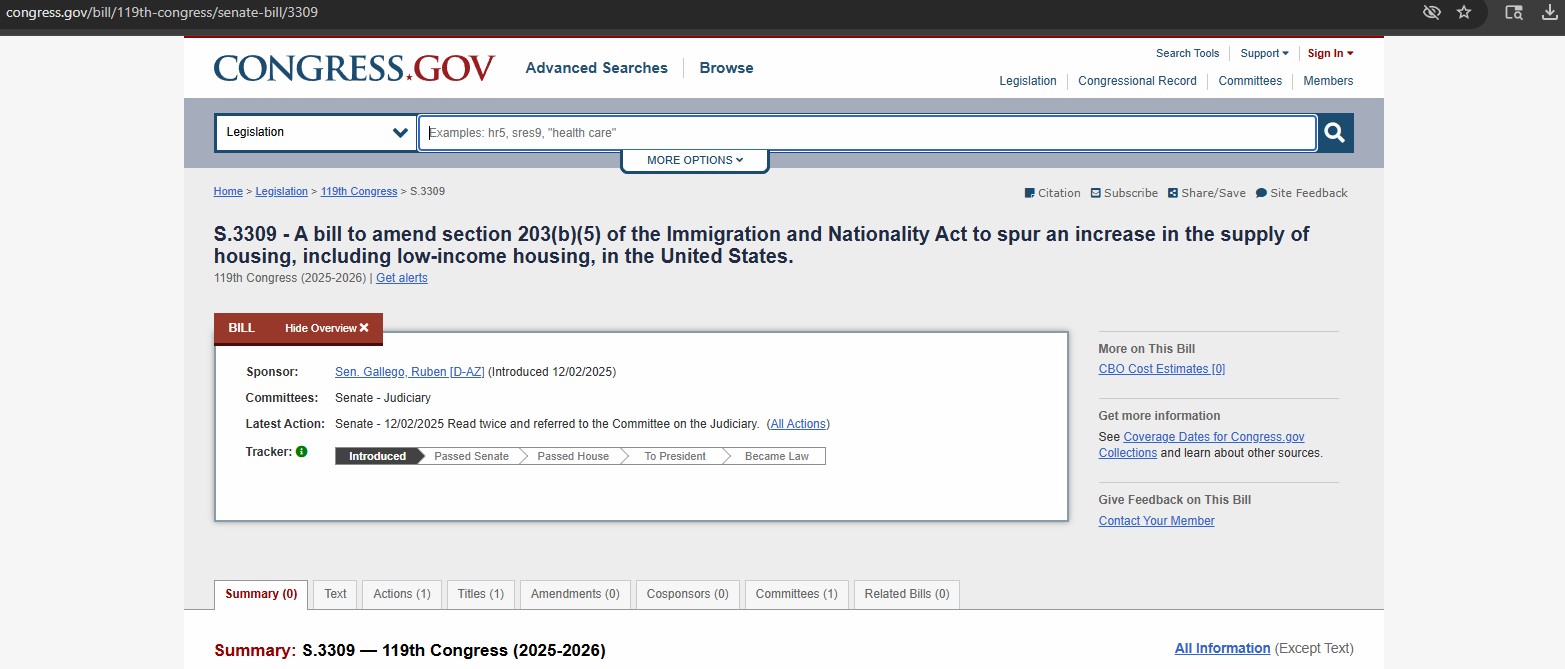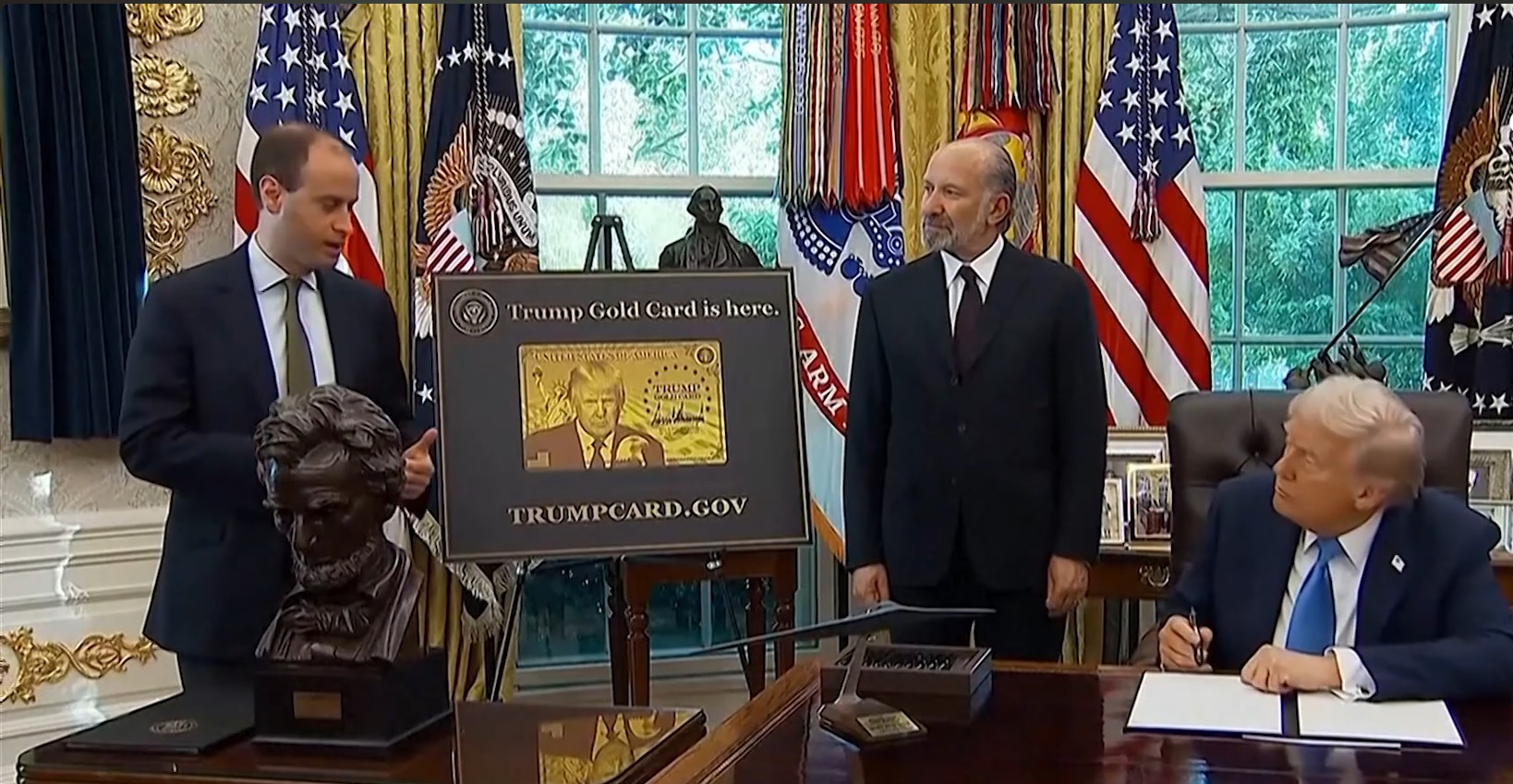Courts Rule Against Regional Centers on Visa Rollover Lawsuit
13th October, 2024
A court ruling has blocked IIUSA's attempt to prevent the rollover of unused EB-5 set-aside visas into the unreserved category, ensuring more visas for pre-RIA investors, especially those from China and India, reducing their wait times. This decision preserves the status quo, benefiting past investors while maintaining potential backlogs for post-RIA set-aside investors, and AIIA continues to monitor the case and protect investor interests.

A new court ruling has averted a major complication for EB-5 investors. Recently, Invest in the USA (IIUSA), a network of EB-5 Regional Centers, sued the U.S. Department of State over its policies regarding the allocation of visas to different employment-based (EB) immigration categories.
At its essence, IIUSA’s lawsuit seeks to stop the Department of State from transferring, or “carrying over” EB-5 visas, initially authorized for “set-aside” categories, to the unreserved category if they aren’t used within the prior Fiscal Year. AIIA has opposed IIUSA’s legal position since, among other harms, it would severely hurt investors who petitioned for EB-5 status before the passage of the EB-5 Reform and Integrity Act (i.e., pre-RIA investors).
IIUSA sought a preliminary injunction from the U.S. District Court for the Eastern District of Wisconsin that would, for the duration of the case, block the Department of State from allowing unused FY2023 set-aside EB-5 visas from carrying over visas into the EB-5 Unreserved category in FY2025. On September 26, 2024, the court denied IIUSA’s motion for a preliminary injunction.
What the Judge had to Say
Page 6-7 of the order denying the preliminary injunction is a relevant extract of the judge’s position:
The RIA mandates that unused set-aside visas “shall” carry over at the end of the fiscal year. … By operation of the statute, the unused set-aside EB-5 visas carry over to the unreserved category at the end of the fiscal year. Thus, even if I ordered the defendants to prevent the unused set-aside EB-5 visas from carrying over to the unreserved category, they could not comply with the order because the statute mandates that the visas carry over to the unreserved category at the end of the fiscal year. …I will therefore deny plaintiffs’ motion insofar as it seeks to enjoin defendants from allowing unused FY 2023 set-aside EB-5 visas from carrying over to the unreserved category at the end of fiscal year.
Our Take
AIIA welcomes the judge’s ruling on this litigation, which we strongly opposed because it would hurt investors. If the motion succeeded, EB-5 Unreserved visa applicants would have lost access to about 4,200 visas in FY2025. Regional centers sought to take visas away from the backlog of past investors, who have qualified and are waiting for visas, and instead to create the illusion of more set-aside visa availability – despite the fact that set-aside applicants cannot actually use extra visas in FY2025. This is because a majority of them still have their I-526/I-526E petitions unadjudicated by USCIS and cannot apply yet for visas. Thankfully, the judge agreed with us that the statute is clear about carryover of unused visas. If the court ordered the Department of State to do the contrary, it would force them to violate the statute, which is beyond the scope of the court’s injunctive power.
This decision means that the status quo, of rolling over unused reserved EB-5 visas into the unreserved category, will continue. It will affect EB-5 investors in the following ways:
- Reduce delays in visa issuance for pre-RIA investors: The injunction sought to prevent unused “set-aside” visas from being “rolled over” to the unreserved category within the EB-5 classification. Visa rollovers are crucial to ensure that pre-RIA investors from Mainland China and India with approved I-526 petitions, who currently face year-long backlogs due to high demand from their countries, receive Lawful Permanent Resident (LPR) status quickly. Allowing unused visas to roll over to the unreserved category increases the number of visas available to pre-RIA investors, which shortens their wait times for LPR status.
Recognizing the unfair status quo, USCIS has been expediting the processing of unreserved, pre-RIA petitions to alleviate the burden of long wait times. The denial of the injunction supports this practice by ensuring a steady influx of visas into the unreserved category through the rollover mechanism.
- Maintain the likelihood of backlogs for post-RIA “set-aside” investors: Rollovers occur only when visas in a certain subcategory are unused in a fiscal year (i.e., they are not issued to enough qualifying investors). The projection of such a backlog is not solely due to rollovers into the unreserved category. Experts argue that USCIS’s slow processing times are the reason for the non-issuance of all “set-aside” visas within a fiscal year, which results in the rollover as required by statute. Additionally, the high popularity of “set aside” investments is a contributing factor. Due to the lower capital requirements (i.e., $800,000), availability of visas (especially for India-born and Mainland China-born investors), and low share of set-aside visas, high demand for this subcategory has significant potential to impose a backlog.
In sum, IIUSA has failed in court to assert the self-serving interests of Regional Centers at the expense of investors. This failure is part of a pattern by IIUSA, whereby it seeks to misuse judicial review to effect new policies that contradict the RIA, whose statutory law creates strong protections for investors against the interests of Regional Centers.
While the judge has denied this preliminary injunction, the case is not yet over. As we discussed in our previous post, AIIA will continue to monitor the case, and any other attempts by IIUSA and regional centers to feed future markets by robbing past investors. We may choose to intervene and/or file an amicus brief, as deemed necessary.
As always, our work would not be possible without the support of the EB-5 investor community and industry stakeholders that put their investors before profits. Please consider donating to AIIA or joining our membership program so we can continue to fight for the rights of immigrant investors.
Related Posts

We Congratulate Senator Gallego for New Legislation that Leverages the EB-5 Program to Build Affordable Housing

We Won The EB-5 Fee Increase Lawsuit

One Year Left to Invest in a EB-5 Regional Center Project

Trump Gold Card: A New Green Card Pathway Competing with EB-5

Stay Up To Date With AIIA
Join our newsletter to stay up to date on EB-5 updates.
By subscribing you agree to with our Privacy Policy and provide consent to receive updates from our company.
Recommended Resources

The Issue of Aging Out in EB-5
The Child Status Protection Act (CSPA) helps freeze a child’s age on EB-5 petitions, but long visa backlogs still risk...
Read More
The Sale of EB-5 Securities Offerings
EB-5 securities sales often use Regulation D (U.S. investors) and Regulation S (foreign investors) exemptions to avoid SEC registration while...
Read More
Choosing between Direct vs Regional Center EB-5 financing
Direct EB-5 suits single investors creating direct jobs; Regional Center EB-5 pools multiple investors, counting direct and indirect jobs for...
Read MoreRecent Blog Posts

We Congratulate Senator Gallego for New Legislation that Leverages the EB-5 Program to Build Affordable Housing
Sen. Gallego's EB-5 bill mobilizes foreign capital to build affordable housing. This collaboration has boosted AIIA's Congressional ties & credibility...
Learn More
We Won The EB-5 Fee Increase Lawsuit
AIIA successfully won its lawsuit against USCIS’s April 2024 EB-5 fee increases, with a federal judge ruling that the agency...
Learn More
One Year Left to Invest in a EB-5 Regional Center Project
AIIA warns that EB-5 Regional Center investors will lose protection after Sept. 30, 2026 unless they file I-526E petitions before...
Learn More
Trump Gold Card: A New Green Card Pathway Competing with EB-5
Trump’s new $1M “Gold Card” visa plan competes directly with EB-5 and raises serious legal concerns, as it lacks statutory...
Learn MoreGet In Touch With Us
If you have any questions, inquiries, or collaboration proposals, please don’t hesitate to reach out to us.

Responses (0)